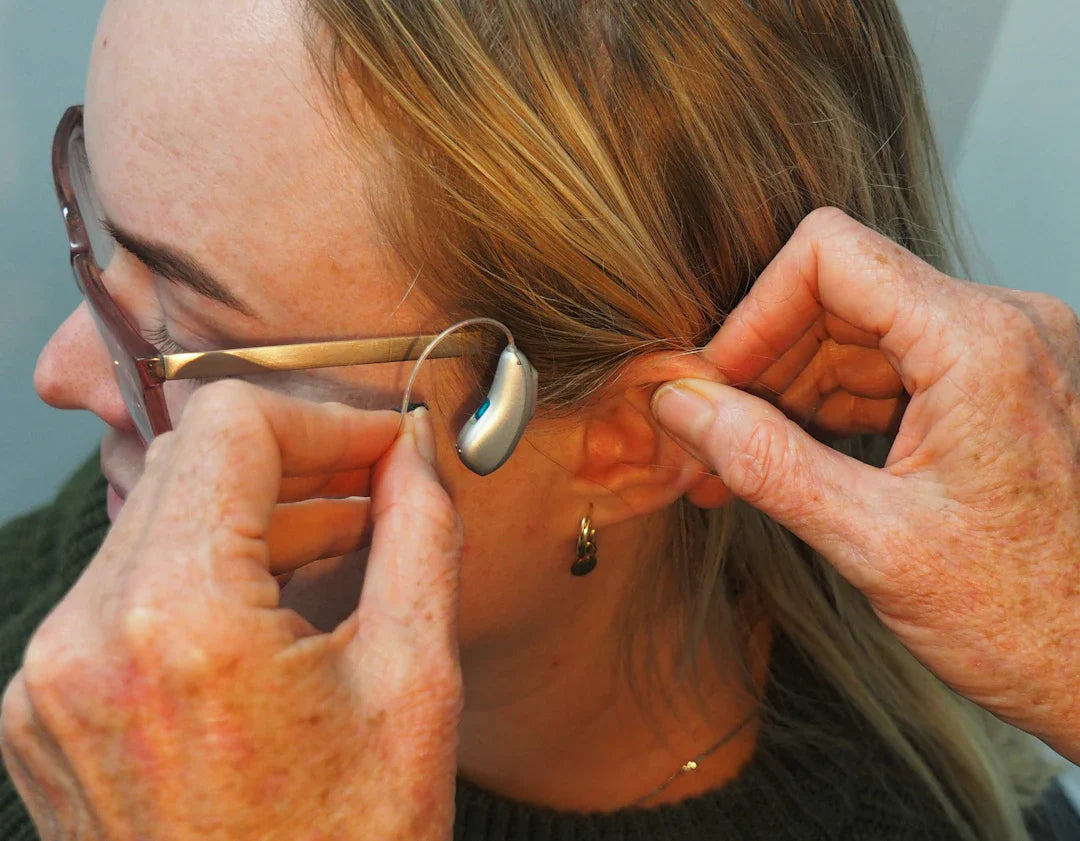For those using hearing aids for the first time, understanding how hearing aid batteries work can be challenging. There are several myths and misconceptions surrounding hearing aid batteries that can often confuse users. In this comprehensive guide, we aim to debunk some common myths about hearing aid batteries.
The Impact of Earwax on Hearing Aid Batteries
One prevalent myth is that earwax affects hearing aid batteries. While it's true that earwax can sometimes clog the hearing aid receiver and affect performance, it has no direct impact on the battery. Regular earwax removal is essential for optimal hearing aid function, but it won't extend the lifespan of the battery.
Types of Hearing Aid Batteries
Hearing aids typically use disposable batteries that come in different sizes, denoted by colour codes such as yellow, brown, orange, and blue. Batteries for Phonak Hearing Aids, Widex Hearing Aids, Signia Hearing Aids, and GN Resound Hearing Aids all have specific colour codes for easy identification.
Understanding Battery Life Expectancy
Many believe that all hearing aid batteries last the same amount of time. However, factors such as battery size, capacity, and power consumption of the hearing aid itself play a crucial role in determining how long a battery will last. Larger batteries generally have longer life expectancies than smaller ones.
Battery Storage Myths
Storing batteries in the refrigerator to extend their life is a common misconception. In reality, exposing hearing aid batteries to extreme temperatures can actually reduce their lifespan. It is best to store batteries at room temperature in a dry place away from direct sunlight.
Activating Hearing Aid Batteries
Some users believe that removing the sticker on the battery and letting it sit for a few minutes before inserting it into the hearing aid can prolong its life. However, modern hearing aid batteries are air-activated, meaning they only start working once the sticker is removed, regardless of how long they sit idle.
Common Problems with Hearing Aid Batteries
One of the most common issues users face is the sudden death of batteries. This can often be attributed to improper storage, exposure to moisture, or forgetting to turn off the hearing aid when not in use. Regularly checking the battery contacts and cleaning them can help prevent unexpected battery failure.
Factors Affecting Battery Performance
The performance of hearing aid batteries can be impacted by various factors, including the environmental conditions in which the hearing aid is used, the volume and type of sounds the user is exposed to, and the specific features of the hearing aid model.
Maintenance Tips for Hearing Aid Batteries
To ensure optimal performance, it is essential to clean the battery compartment regularly using a dry cloth and keep it free from dust and debris. Avoid using water or cleaning solutions as they can damage the electronic components of the hearing aid.
Dispelling the Myths Around Rechargeable Batteries
Rechargeable hearing aid batteries have gained popularity in recent years, with many users believing they are more cost-effective than disposable batteries. While rechargeable batteries can be convenient, they require proper care and maintenance to ensure longevity and performance.
Seeking Professional Advice
If you experience persistent issues with your hearing aid batteries, it is advisable to consult with a hearing care professional. They can help diagnose any underlying problems with the batteries or the hearing aid itself and provide tailored solutions to improve performance.
Conclusion: Clearing the Air on Hearing Aid Battery Myths
Understanding the facts about hearing aid batteries is crucial for maximising the lifespan and performance of your device. By dispelling common myths and following best practices for battery maintenance, users can enjoy a seamless hearing experience with their Phonak, Widex, Signia, or GN Resound hearing aids.




